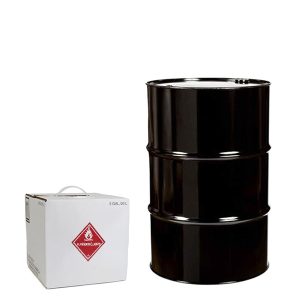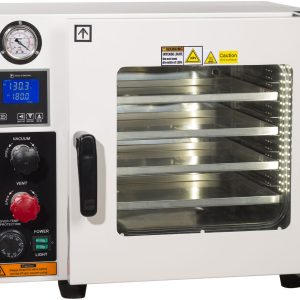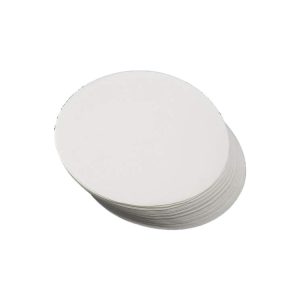Description
40/40/20 -Properties
- 40% N-Butane 99.5%, 40% Isobutane 99.5% – Blended with 20% Propane 99.5%
- Boiling point will be “Selective Evaporation starting with Propane”
- Boiling point/Boiling range: -44.5 °C (-48.1 °F)
- Ignition temperature: 460 °C (860 °F)
- Shipping: UN1965 HYDROCARBON GAS MIXTURE, LIQUEFIED
- Molecular formula for Butane C4-H10
- CAS Number for Butane: 106-97-8
- UN 1170- BUTANE
- Molecular formula Isobutane: C4-H10
- CAS Number for Isobutane: 75-28-5
- UN 1969- ISOBUTANE
- Molecular formula for Propane: C3-H8
- CAS Number for Propane: 74-98-6
- UN 1978- PROPANE
About Odorization
EGI’s odorized gas starts as non-odorized Extraction Grade gas. To comply with the California Health and Safety Code – HSC § 11107.2, we have introduced a naturally occurring plant-based odorant known as grapefruit mercaptan or p-Menthene-8-thiol with a chemical purity of 99%. Mercaptans, also known as thiols, are organic compounds containing a sulfur atom bonded to a hydrogen atom (-SH group) in their chemical structure. Both grapefruit mercaptan and ethyl mercaptan (also known as ethanethiol) possess an extraordinarily low smell perception threshold, defined as the lowest concentration of a substance in the air detectable by the human sense of smell. Even a minute quantity can be readily detected. EGI adheres to the industry standard loading ratio of 1.5 mg/kg for odorizing gas.
Ethyl Mercaptan is the most commonly used gas odorant for commercial propane and natural gas, primarily due to its cost-effectiveness. Its odor is often likened to a foul, rotten cabbage or garlic smell. In contrast, grapefruit mercaptan is often associated with a grapefruit-like or citrusy aroma. Both odorants are equally detectable in the event of a gas leak.
Boiling Points
- Ethyl mercaptan has a boiling point of approximately -13.2°C (8.2°F) at standard atmospheric pressure. It is a volatile liquid that transitions into a gas at room temperature. Light hydrocarbon alkane gases tend to share boiling points close to that of ethyl mercaptan, posing challenges in vapor phase separation through vacuum distillation since all these gases exhibit relatively similar boiling points. Vacuum distillation typically proves more effective in separating compounds with significantly disparate boiling points.
- Grapefruit mercaptan, on the other hand, features a significantly higher boiling point, approximately 166-168°C (331-334°F) at standard atmospheric pressure. It remains a stable liquid at room temperature and necessitates higher temperatures for vaporization, rendering it a far superior choice for vapor phase separation when handling light hydrocarbon gases. It’s worth noting that grapefruit mercaptan’s boiling point under full vacuum conditions (at -29.92 inHg) is 33.8°C (93°F).















Reviews
There are no reviews yet.